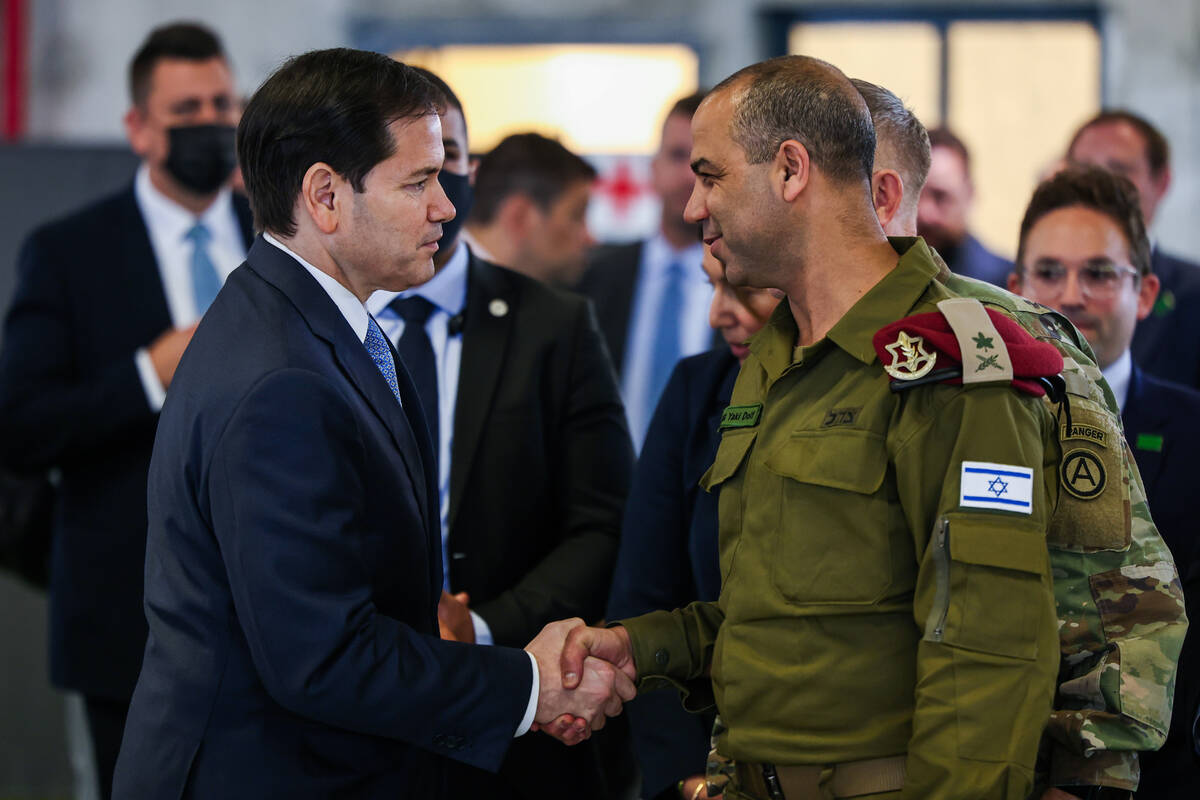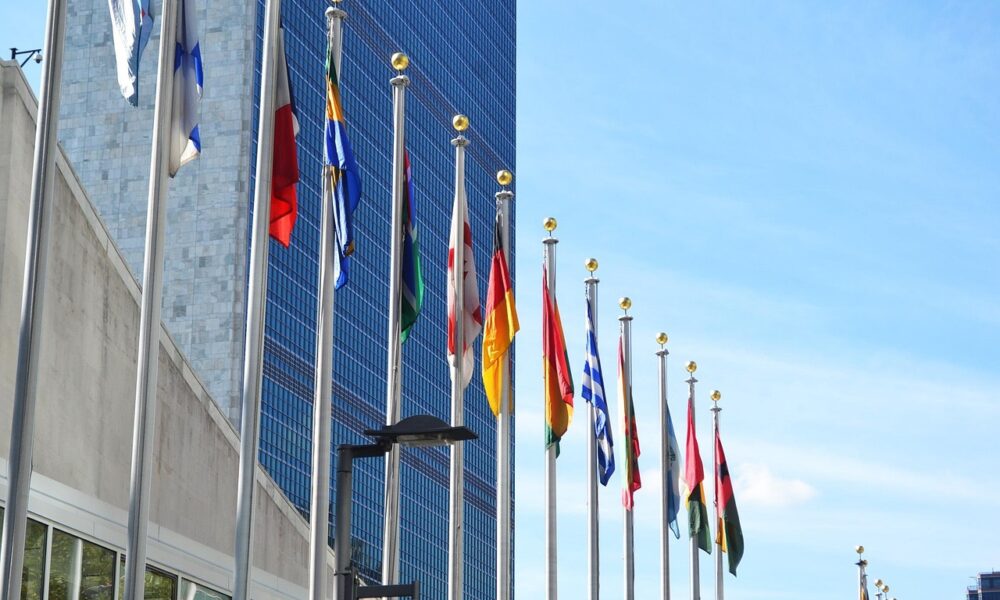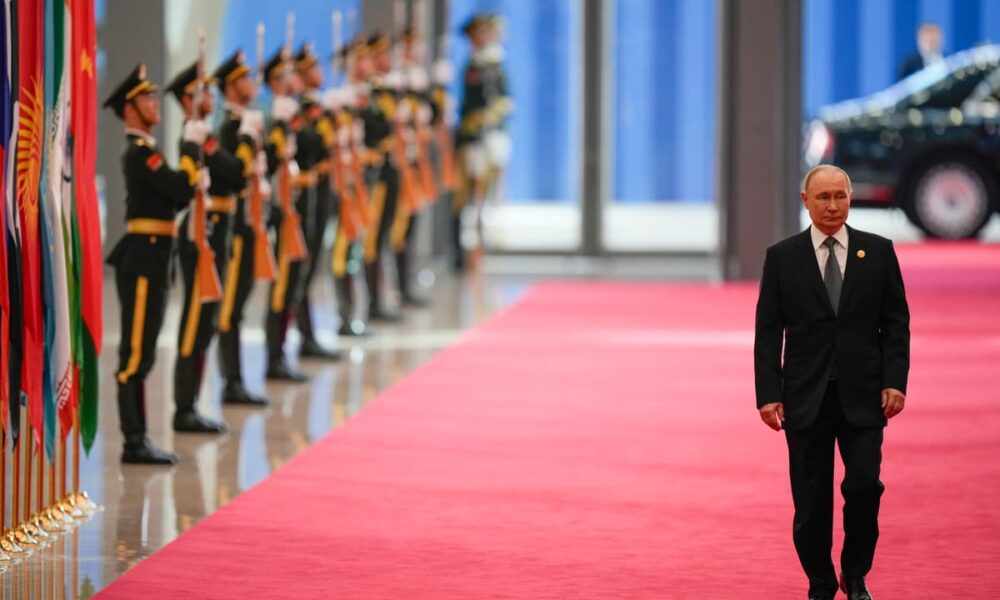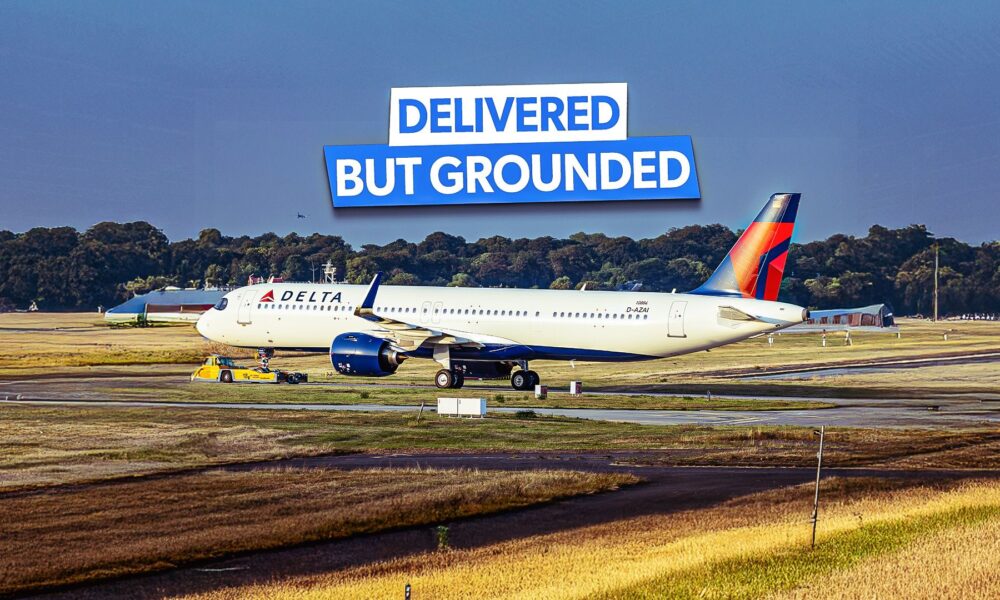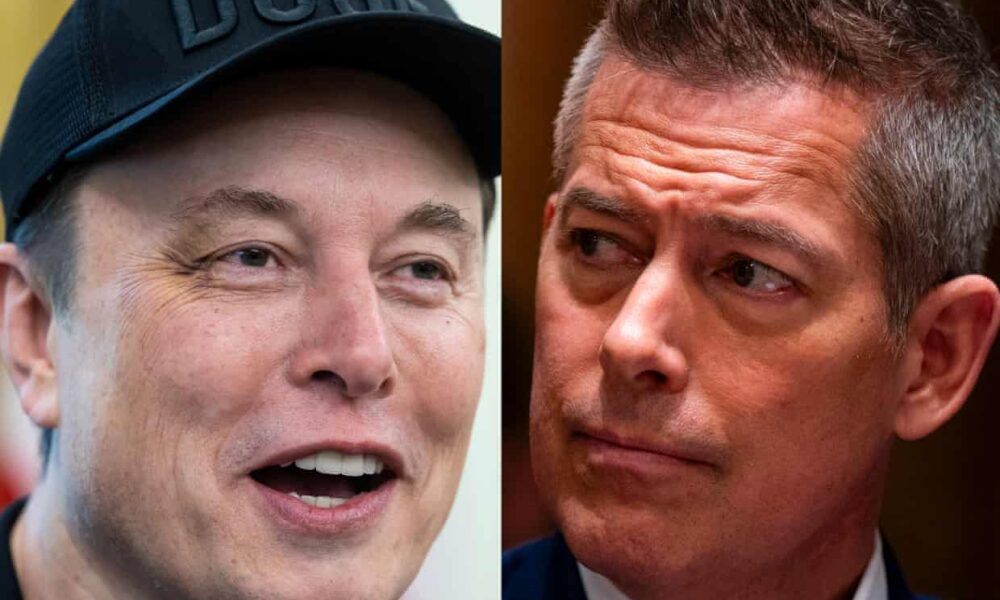Secretary of State Marco Rubio visited a U.S.-led coordination center in Kiryat Gat, Israel, on March 15, 2024, aimed at overseeing the ceasefire in Gaza. This visit underscores the ongoing efforts of the Trump administration to establish an international security force to maintain peace and facilitate reconstruction in the region. Rubio is the latest high-ranking official to tour the center, which focuses on civilian and military coordination between various nations.
Earlier in the week, Vice President JD Vance announced the center’s opening during his visit, while U.S. envoys Steve Witkoff and Jared Kushner, the president’s son-in-law, were also present in Israel. Approximately 200 U.S. troops are stationed alongside Israeli military personnel and delegations from various countries, collaborating on stabilization efforts in Gaza. Observers noted the presence of international officials from nations including Cyprus, Greece, France, Germany, Australia, and Canada.
U.S. Plans for International Stabilization Force
During his visit, Rubio expressed confidence in the progress made over the first twelve days since the ceasefire began, despite facing challenges. He appointed Steven Fagin, the U.S. ambassador to Yemen, to lead the civilian operations at the coordination center, while Adm. Brad Cooper from the U.S. Central Command oversees military operations.
The United States is actively seeking support from allied nations, particularly Gulf Arab states, to establish an international stabilization force for Gaza. Rubio indicated that discussions are underway regarding the necessary language to secure a United Nations mandate or other forms of international authorization. This approval is essential for several potential contributors who require a clear mandate before participation.
Rubio emphasized the need for clarity among participating nations regarding their roles and responsibilities, stating, “Countries need to know what they’re signing up for, including what is their mandate, what is their command, under what authority are they going to be operating, who’s going to be in charge of it, what is their job?” He also highlighted the importance of ensuring that Israel is comfortable with the countries involved in the stabilization efforts.
Humanitarian Efforts and U.N. Involvement
On March 14, Rubio met with Israeli Prime Minister Benjamin Netanyahu, discussing the broader implications of the ceasefire and the role of humanitarian aid in Gaza. He noted that a coalition of up to a dozen organizations, including various U.N. entities and humanitarian groups, would be involved in aid efforts. However, he clarified that the U.N. Relief and Works Agency for Palestine Refugees in the Near East (UNRWA) would not have a role in Gaza, despite a recent ruling from the International Court of Justice stating that Israel must allow UNRWA to provide humanitarian assistance.
This visit by Rubio and ongoing discussions among U.S. officials reflect the complex dynamics of Gaza’s reconstruction and stabilization efforts. As the situation evolves, the international community remains closely engaged in seeking durable solutions to the challenges facing the region.

